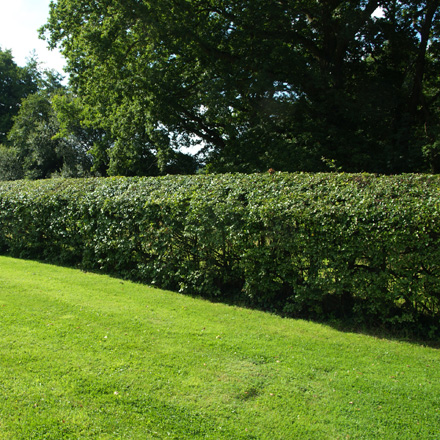How to Lay a Hawthorn Hedge

Hawthorn Hedges play a vital role in providing a boundary line for the lawns, yards, farm houses, roads and also the homes. Along with providing a boundary line, the Hawthorn Hedge also look beautiful and countless people all over the world like to lay or grow Hawthorn Hedges around their yards. However it is quit tricky to grow a Hawthorn Hedge around your yard or lawn because it requires certain things to be take care off. If you want to grow a Hawthorn Hedge around your home or yard in a perfect manner then keep reading this post.
Instructions
-
1
First of all, you should take measurement and mark the area where you want to grow Hawthorn Hedge. Use stakes in order to make the right alignment of the rows.
-
2
You need to draw the design of the Hawthorn Hedge that you want to grow around your yard. It will help you in digging the planting trenches or holes in a systematic manner.
-
3
You should remove the existing weeds plants, rocks and grass from the areas that you have selected for growing a Hawthorn Hedge.
-
4
You should plant the small Hawthorn Hedge in a straight line which will help the Hawthorn Hedge grow in a desired way and in the specific area.
-
5
If you want to grow the Hawthorn Hedge in a wide area then you can make two rows which will help in covering a wide area of land.
-
6
Make sure you plant the Hawthorn Hedge plants at least one foot apart from each other because it will help you covering more area after growing up. However, if you want to cover a small area and want the Hawthorn Hedge more dense then you can plant less than one foot.
-
7
After planting the Hawthorn Hedge plants, you should fill the holes properly by using the soil and also balance it. Do not forget to remove if any weeds or rocks are still left.
-
8
The young plants that are just 1 to 2 years old will take time of almost one year to grow further. However, keep trimming these plants in order to keep them in good shape.
-
9
You should cut the branches of Hawthorn Hedge plants for almost six inches and in a way that makes the top a little narrow as compared to the base of the plants.







